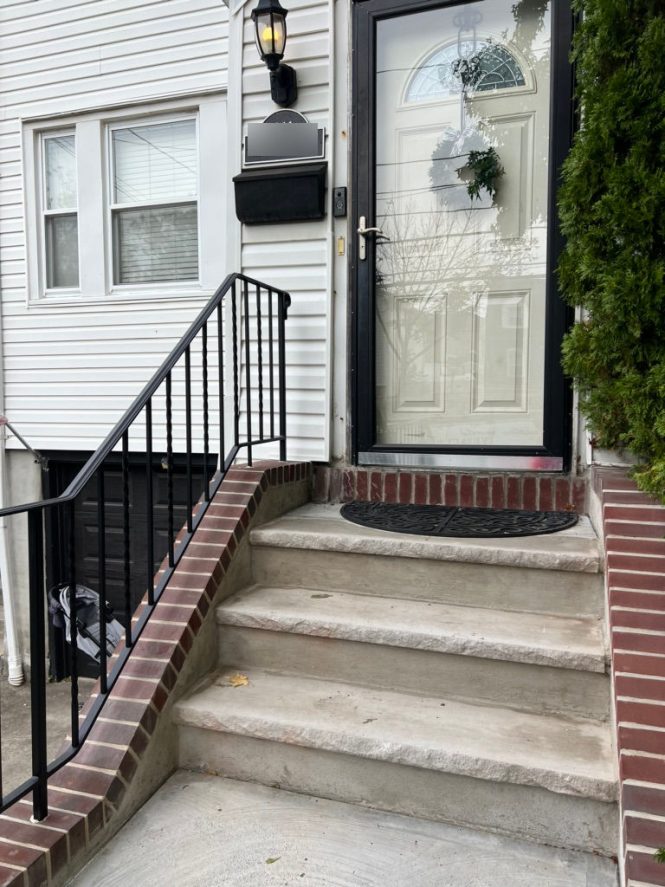

Siding damage is a common issue facing homeowners. It can range from minor aesthetic imperfections to significant structural problems. Determining whether to repair or replace damaged siding requires careful consideration of the extent of the damage, the type of siding, and the overall condition of your home’s exterior. This guide will walk you through the crucial steps to assessing siding damage and choosing the best course of action. We will analyze repair vs. replacement scenarios, discussing the pros and cons of each approach. You’ll gain an understanding of the factors that influence repair costs versus replacement costs. By the end, you’ll have the knowledge to make an informed decision about the best solution for your home.
Assessing the Extent of Siding Damage
Identifying the Type and Severity of Damage
Identifying the type and severity of siding damage is the first step in determining whether to repair or replace it. Careful inspection can reveal whether the damage is superficial or more substantial. Common siding damage types include cracking, splintering, discoloration, rot, and pest infestation. Knowing the cause of the damage will guide repair or replacement strategies. For instance, minor cracking might be addressable with repairs, while extensive rot might necessitate a full replacement to prevent further damage to the underlying structure. Consider factors like the material type of siding, its age, and the environmental conditions in which the house is located. These will inform a more accurate damage assessment.
Repairing Damaged Siding
Assessing Cost-Effectiveness of Repairs
Repairing siding damage can be a cost-effective solution for minor or localized problems. The cost of repair will often be lower than that of a complete replacement, and the labor required is typically less. However, the effectiveness of repairs depends greatly on the extent of the damage. If the damage is limited, repairs might be sufficient to restore the siding’s aesthetic appeal. This can include patching damaged areas, replacing rotted boards, or resealing gaps. Before undertaking repairs, consult with a siding contractor to assess the damage and get a clear estimate of the cost.
Replacing Damaged Siding
Evaluating When Replacement Is Necessary
Replacement is often necessary when siding damage extends beyond repair. This is especially true if the damage affects the structural integrity of the home or poses a safety hazard to the building or its inhabitants. In many cases, extensive damage, widespread rot or extensive damage due to water damage, or signs of structural problems require a complete replacement. A full replacement may lead to long-term savings on repairs and maintenance.
Factors Influencing Repair or Replacement Decisions
Understanding the Impact of Siding Material and Age
The type of siding and its age significantly affect repair or replacement decisions. Older vinyl siding, for instance, might be more susceptible to damage than newer composite siding. The cost of materials and labor also vary depending on the type of siding. In some cases, replacing damaged sections with the same material might be a more cost-effective solution than a full replacement with a different material, especially if that material is not readily available.
Comparing Repair and Replacement Costs
Understanding Cost Implications of Each Approach
Understanding the costs associated with both repair and replacement is essential for making an informed decision. The cost of repairs can vary greatly depending on the extent of the damage, the type of repair needed, and the labor costs involved. Replacing damaged siding will typically involve a significant investment, including the cost of materials, labor, and any additional expenses. It’s prudent to obtain multiple quotes from reputable contractors for both repairs and replacements to compare prices and ensure transparency.
How can I estimate the cost of repairing or replacing my siding?
Contacting several siding contractors for detailed quotes is essential. Provide them with a clear description of the damage, the type of siding, and the size of the affected area. Comparison-shopping amongst reputable contractors is strongly recommended. Compare quotes for materials and labor costs to get a comprehensive understanding of the overall cost involved. You should also ask about warranty options for materials and labor to understand the protection and support provided by the contractor.
What are the benefits of choosing a professional for siding repair or replacement?
Professional contractors offer expertise, experience, and equipment to handle siding projects efficiently. They ensure repairs and replacements meet building codes and industry standards. Professionals can assess the root causes of damage and offer solutions to prevent future issues. Relying on certified professionals also comes with liability insurance coverage, which gives you peace of mind.
Frequently Asked Questions
What are the typical causes of siding damage?
Common causes include weathering (exposure to the elements), water damage, pest infestation, and structural problems. Understanding these potential issues allows you to proactively address them and prevent future damage. Taking proactive measures is important because regular maintenance and repairs are crucial for the long-term health of your siding. Weathering, for instance, can gradually damage siding materials, leading to cracks, warping, or discoloration. Addressing the problem early often helps to prevent more significant damage and costly repairs.
In conclusion, siding damage requires careful assessment. Repairing damaged siding can be cost-effective in many cases, especially for minor issues. However, if the damage is extensive, or if the underlying structure is compromised, replacement might be the better option. Consulting a qualified contractor is crucial to determine the best course of action for your specific situation. By taking the right steps, you can ensure the long-term structural integrity and aesthetic appeal of your home. Contact us today for a free quote.